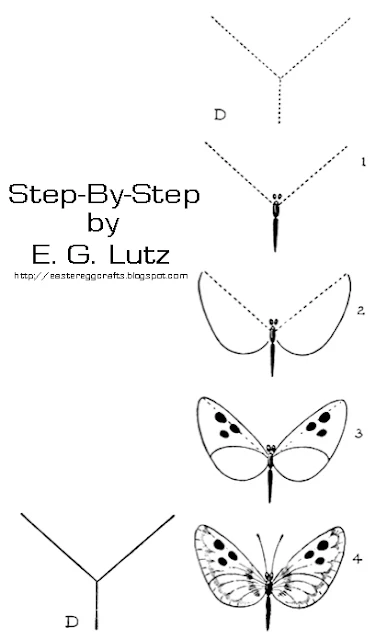 |
| Caterpillar cut from crayon resist paper and leaf cut from construction papers |
Above is a caterpillar craft that I taught during my student teaching. Kindergartener's spent the first day of this project coloring abstract shapes, line and colors onto white paper with crayons. Then they painted with watercolors on top of their crayon designs.
On the second day, students then traced around giant leaf stencils and cut them out of green construction paper. Then they cut elliptical shapes from their decorated papers and assembled these onto their "leaf frames" with paste. The last step was to add eyes and line details to their caterpillars and leaves with a black magic marker.
Supply List:
- a large sheet of green construction paper for the leaf cut-out
- white construction paper for the wax resist process
- brilliant crayons
- tempera paint or watercolors
- a green marker
Step-by-Step Instructions:
- To make the caterpillar of many colors, color stripes on the white construction paper. Leave space between the stripes without color.
- Then use watery paints to layer over the wax crayon to fill in the parts of the uncolored areas.
- Cut out many oval shapes from this paper to make the caterpillar.
- Glue the ovals together to shape the insect's pudgy body.
- Add eyeballs and nose.
- Cut a giant green leaf from the construction paper.
- Use a green magic marker to make veins in the leaf and cut out a few holes where the caterpillar has nibbled away at the leaf!
- Add some prickly hairs growing from the top of the caterpillar's back if you wish.
"Two girls A.R. and G.H., ages 9 and 11, took my puppet workshop. After graduating from the advance level they performed The Very Hungry Caterpillar all on their own without any help. A.R. plays the caterpillar and the butterfly. G.H. handled all the props. They did this video in one take, I am so proud of them!" from hagley productions
















